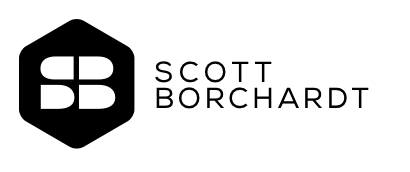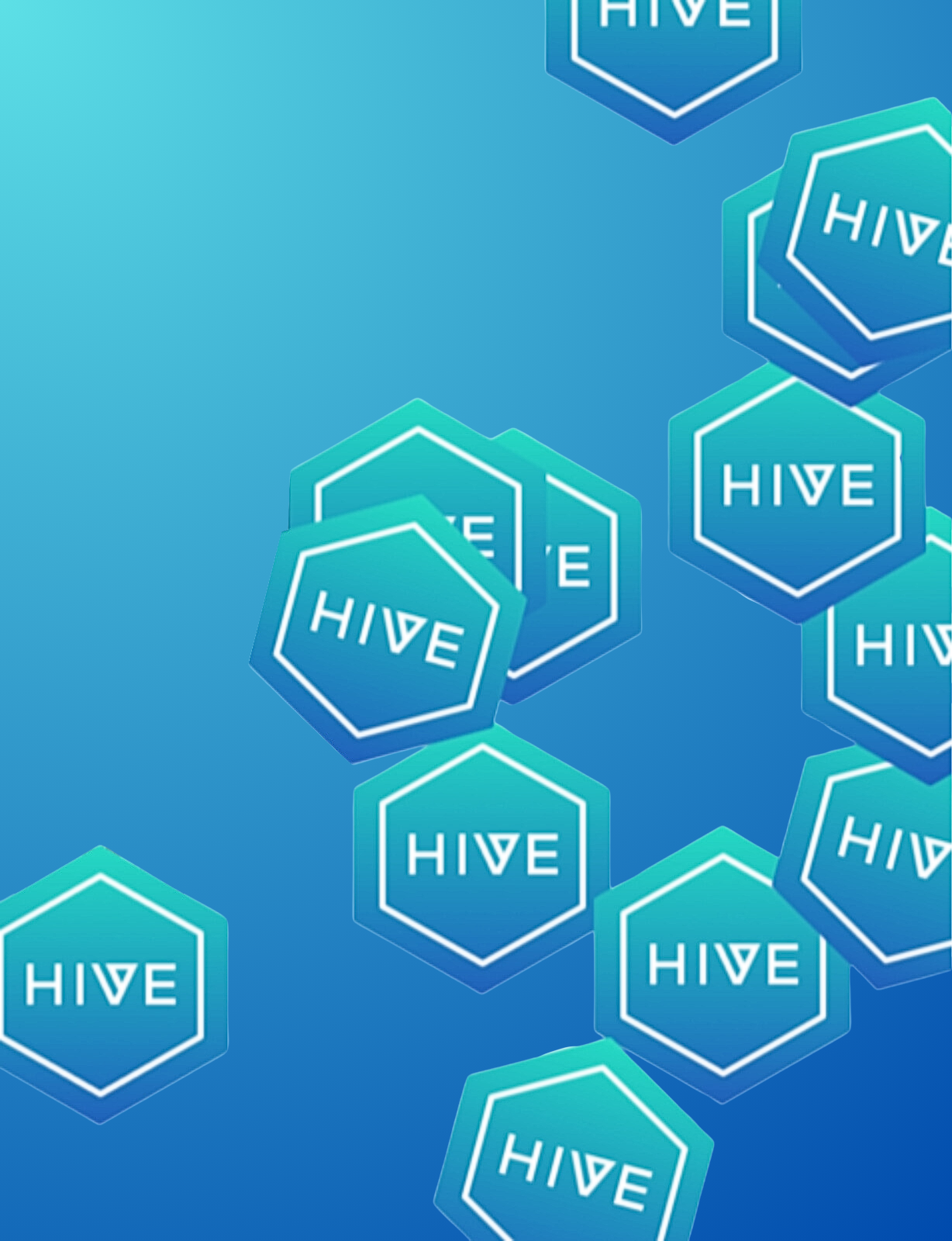Hive explored contextual search to answer our “unanswerable” questions
What I did
For Hive, I did everything a designer can do on this 0→1 project in a start-up environment. From the first proof of concept, through prototyping the architecture, the visual design of the UI, and the user studies to evolve the UX, and the implementation on iOS, Android, and responsive web. The Hive app evolved to become the first mobile app for Yahoo Answers which sees 80 million unique users a month (as of Dec 2016). Below are some of the features we used to generate growth and some insights behind the design.
-
As the UX Designer on a highly-ambiguous challenge, I met with key stakeholders to form a 360 view of the issue. I made a low-fidelity prototype in InVision that helped crystalize a vision within the team. Using pen and paper allowed me to move fast and remind others this was early stage design.
-
I paired with a PM to test ideas quickly. I created several prototypes in InVision worked toward buy-in and then presented the work to the larger team.
-
I collaborated with researchers to sequence user studies at various milestones. Usually, 5-6 participants would respond to stills or interactive prototypes and give their opinions. We explored users’ perceptions of what makes a qualified answer and what does it mean to hear answers from “people like me”.
-
I started the UI for the app with a Bootstrap UI kit to get something started fast. I conducted a design sprint as we defined a target audience and prepared the UI for a beta launch.
-
I created a set illustrations for a series of ads and landing pages.
-
I made a series of expploratory Facebook ads and landing pages based on value propositions to build finding the right audience and build community.
Background
Search engines have gotten very good, however, there are still many questions that are too subjective or nuanced to be satisfied. The Search team at Yahoo asked ourselves how we can better serve people’s unanswerable questions. I led the UX starting with a 1-on-1 interviews with stakeholders to get a 360 lens on the issue.
Paper prototype
When we started exploring how to answer "impossible questions" in new contexts there was a lot of ambiguity. I created a paper prototype in InVision that I socialized around the office which helped coalesce ideas. We learned quickly that answers were more valuable if they were coming from “qualified” people - it was about trusting the source. Essentially, crowd-sourcing answers had enormous potential to help people.
Detailed wires
Early reactions showed that people could help each other by sharing their perspectives. I build wireframes showing examples of features, with interaction patterns and states.
InVision prototype
I partnered with a cross-functional team to produce a proof-of-concept that helped align the team quickly. This showed a scenario where users at a Warriors game had unique needs that we were aiming to address. The UI was secondary as I focused on features that would delight users.
Lessons from Beta
For our first coded version, a beta directed to friends and family, I used a bootstrap UI kit to update the visuals and added features to help engagement. This is when we learned some important things:
Crowd-source your answers, people love sharing what they know
Anonymous Q&A is engaging, but hiding enables trolling
Make Q&A as low friction as possible
Use signals to boost helpful answers
Signaling good content
For our first coded version, a beta directed to friends and family, I used a bootstrap UI kit to update the visuals and added features to help engagement. This is when we learned some important things:
Crowd-source your answers, people love sharing what they know
Anonymous Q&A is engaging, but hiding enables trolling
Make Q&A as low friction as possible
Use signals to boost helpful answers
“We made some magic, people were glued to the app.”
Defining the brand
I initiated a redesign of the UI so it would be tailored for the new grads and started with a group exercise to discuss brand attributes.
Our target audience
For our first external test, we needed to evaluate potential audiences, ideally one that had lots of questions. Many spreadsheets later, we decided on recent college grads. (Lot’s of question, right?) We used a variety of ways to get more information such as polls, surveys, user studies etc and found that people wanted answers from “people like me”. I defined “People Like me” as friends or members of the community vetted by ranked signals. I studied all the ways to create a signal of good content such as likes, thumbs, favorites, hearts, bookmarks, comments, replies, and shares. The trick was building community, and finding the right groups that allowed for the most engagement.
Designing our app
I created the identity to express intrigue and curiosity, the same feelings our users might have in the app.
Simplify
I was aware of a design trend called “Complexion Reduction” that strove to minimize the overall weight of a UI to is barest parts. The result is clean, modern, and it maximizes the impact of the content. I was hooked and made some adjustments to our UI.
Introducing Hive. A way to get answers for college grads.
And finally, I presented the new design made specifically for new grads. Hive, was an app to get quick answers in anonymous groups from like-minded people.

